
What is Arthritis in the Spine?
Arthritis back pain is caused by the breakdown of the cartilage between the vertebrae in the spine. The bones that make up the spinal column have spaces in between them and in between these spaces are cartilages that prevent the bones from grinding into each other. In cases where arthritis hits this area this can cause pain, although there are also cases when it’s asymptomatic. Osteoarthritis in the spine can also produce spurs that puts pressure on the nerves in the spinal column. This causes pain and also weakness in the arms and legs.
Arthritis in the spine can also lead to spine stenosis, a condition that refers to the narrowing of the spaces inside the spinal column. As the nerves inside the spine are forced into narrowing channels, this can subject them to too much pressure which results to pain. The pain often comes with tingling and numbness, muscle weakness, and even abnormal bowel or bladder functions. Although spinal stenosis can be caused by normal wear and tear in the spine, the ones caused by arthritis can come in faster with doctors having no choice but to perform surgery to address the problem.
Age is one of the most common pre-disposing factors of arthritis in the spine. Although young people can also have this condition, theirs is often caused by injury to a specific joint or a genetic problem that causes cartilage damage. For people who are below 45 years old the appearance of osteoarthritis in the spine is observed to be more prevalent in men. However after 45 years old the women have the higher risks to develop the condition. One of the most common observations about osteoarthritis is that obesity has something to do with its development. It is also very common in people who have jobs that put certain joints in a lot of stress. Athletes being one of them
The Symptoms of Arthritis in the Spine
Back pain due to arthritis manifests through some very specific symptoms. These symptoms are important to note as these can be used by doctors to better diagnose the specific back pain you are suffering from.
- Stiffness in the neck and back which is also accompanied by pain, in most cases a debilitating kind of pain.
- The pain from the neck and back can go all the way down to the arms and even to the legs. This wider reach of the pain often reveal the severity of the damage in the cartilages.
- One common observation by sufferers of the condition is that the pain is reduced when they lie down flat in the bed.
Like any other causes of back pain, the severity of the discomfort can vary widely. The pain however is not the only problem faced by people who are suffering from the condition. The pain and the limitation it can impose on them at work and at home can make them feel helpless. This can easily progress to depression later on.
How Can Arthritis in the Spine Be Diagnosed?
Arthritis in spine can easily get worse when not diagnosed and treated early and it also prolongs the agony of the sufferer. Doctors can single out osteoarthritis in the spine by performing the following:
- Physical exam – this is done by asking questions about the pain he or she feels, checking for some tenderness in the back and neck areas, discovering loss of motion in the neck and lower back. During the physical exam doctors also make sure that signs such as changes in one’s reflex, weakness in the muscles and loss of sensation is non-existent. When these do exist, it often point to arthritis in the spine area.
- X-rays – This imaging diagnostic method is used to check for bone damage in the spine area, presence of bone spurs, or the thinning of discs. The limitation of X-rays is that it cannot spot early damage in the cartilage.
- Magnetic Resonance Imaging – MRI’s are used to check if there is serious disc damage or if the cartilages are already incurring damage due to the arthritis in the spine. This test can give doctors more options how to go about with the treatment.
- Blood tests – blood tests are also performed to make sure other diseases are not causing the back pain.
The more sound the diagnosis the better the treatment plan. It is important to be diagnosed correctly because it is here that the quality of your treatment will be based upon.
How is Arthritis in the Spine Treated?
The available treatment options to the condition are wide and are directed towards the alleviation of the symptoms of pain. The primary goal of treatment is to increase a person’s ability to function every day, improve his mobility, and also help in his feeling of helplessness which many patients often succumb to.
- Losing weight and lifestyle change – Doctors often advise patients with arthritis in the back to lose weight and to keep the pounds off forever especially if their condition is related to their morbid weight problems. The doctor may advise for better weight management which can cover nutrition and exercise.
- Exercise – exercise does not only help with weight loss it can also help people with arthritis increase their flexibility, improve their outlook and attitude in life, and also strengthen their heart. Exercise can also:
- Improves blood flow in the body
- Makes doing everyday tasks easier
The recommended exercises for arthritis in the back are:
- Swimming
- Brisk walking
- Water aerobics
These exercises are used because these are considered to be not too rigorous for the body. Water based exercises help with neutralizing one’s weight through floating allowing individuals to exercise without subjecting the body to too much stress which can be counterproductive and painful to people who have some degree of degeneration in their cartilage.
Exercises for arthritis in the spine can include strength building routines that aim to build up the muscles to support the joints better. These exercises are done using weights. Aerobic exercises are also pursued in the treatment for arthritis as this boost up the heart and the circulatory system. Range of motion exercises which is also an integral part of arthritis treatment is done regularly to help improve flexibility and mobility. All these exercises must be done with enough rests in between them. Traction, splints, bracing, and extended periods of bed rest for arthritis in the back are however not advised.
- Non-drug treatments – there are non-drug treatments available for arthritis of the spine. Massage is one of them and so is acupuncture which involves the use of needles in specific parts in the body. Heat or cold compresses are also used to the affected parts. Your doctor might be able to help you which compress to use for your case. Nutritional supplements are also used in some cases although there are limited studies to its effectiveness.
- Pain medications – there are instances when the pain just needs to be addressed immediately. This is where medications come in. These vary in strength and its usage would depend on the severity of the symptoms. Over the counter drugs (OTC) is the first line of medicine options of patients. This can include acetaminophen (Tylenol), non-steroidal anti-inflammatory drugs (NSAIDs) like aspirin, naproxen sodium and ibuprofen. Over the counter NSAIDs can sometimes cause stomach irritation and the more potent ones can also cause stomach bleeding and in very rare cases kidney damage.Prescription drugs are used by doctors in cases where OTC drugs simply cannot help in the pain caused by back arthritis. In severe cases of the condition the use of more potent drugs are justified since there are no drugs that can reverse the damage caused by arthritis. Addressing the symptoms is the only means to help the patient. Prescription drugs options include narcotics, prescription pain killers, and epidural steroid injections.
- Surgery – most cases of lower back arthritis can be treated without the need for invasive procedures. However in cases like spine stenosis surgery might be the only way to address the pain effectively. Surgery is done to clear up more space for the nerves inside the spinal column. Surgery can be the key for long term reduction of arthritis in back symptoms.

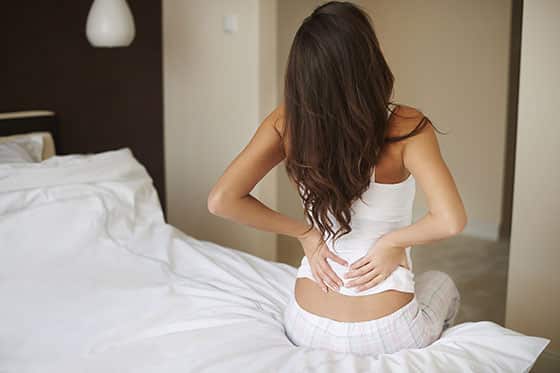


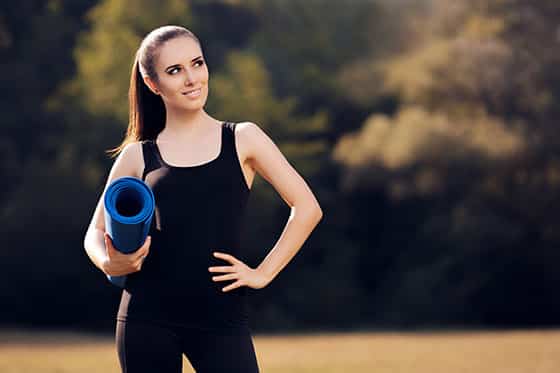
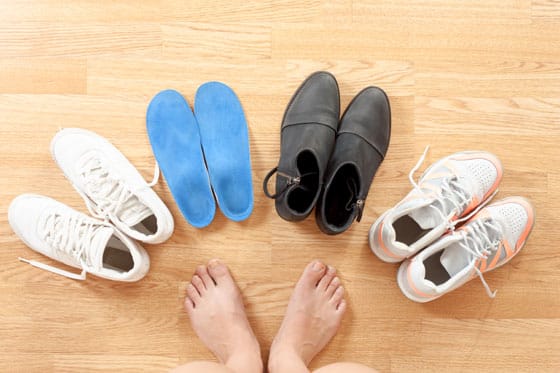
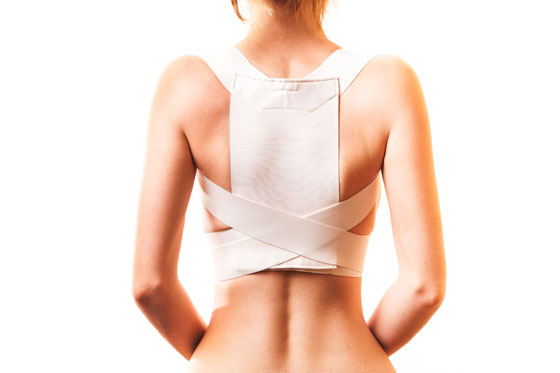
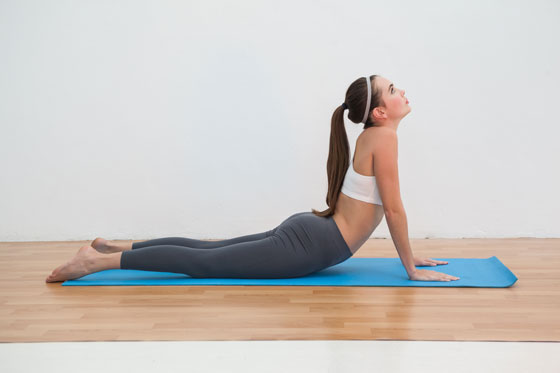



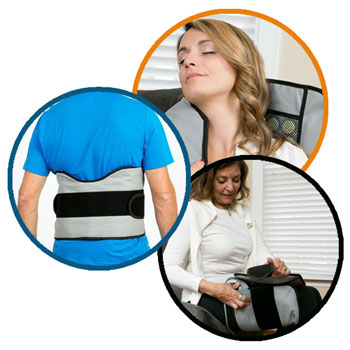
 Various Posture Now Reviews Show That This Product Works
Various Posture Now Reviews Show That This Product Works